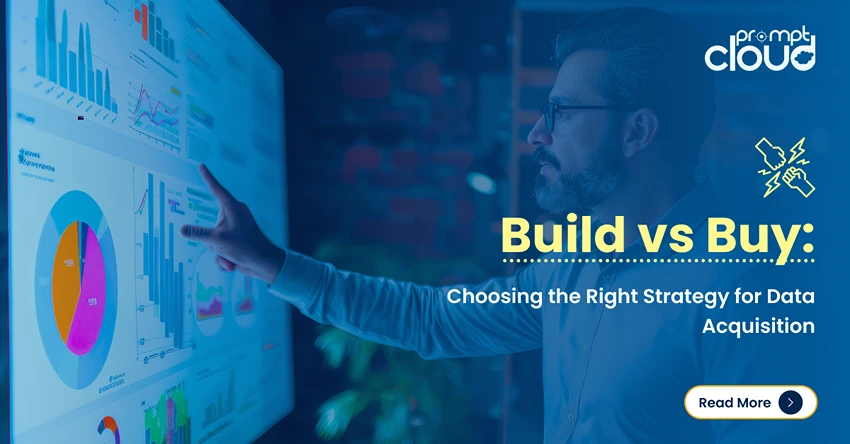
We have earlier discussed how big data can help companies in reaching the right kind of customers with more focused ad targeting campaigns. Businesses try hard to acquire more customers. However, acquiring a new customer costs as much as 5 times more than retaining an existing one. Although some churn is always unavoidable, it’s certainly possible to keep it at a minimum.
Big data savvy companies such as P&G use in-store and e-commerce data, and turning it into “smart data” for managing its brands better. Through various touch-points, such companies are gaining much more information about their customers than at any time in history. This is a win-win situation for both the parties, as it boosts sales figures while providing a better value proposition and superior experience to the consumer. Does it mean that if you know more about your customer, then they are likely to stick around for longer? Well, having access to more information to base your retention strategy upon is certainly better than having none of it at all.
Information aids personalization of users’ experiences and companies can work towards gaining a larger share of heart (and wallets) of their customers. Personalized product recommendations based on what you recently bought from your favorite e-commerce website is a form of big data in (real time) action. Though a major challenge that companies are facing nowadays while trying to understand the customer is that of multiple platforms – mobile, tablet, laptops – you name it. This makes identifying the customer and personalizing their experience a major hindrance for businesses. Although innovative companies such as Drawbridge are trying to overcome this problem by identifying customers across devices to serve relevant behaviourally targeted ads.
Big data can help companies in understanding the unique needs of the customer. Companies can thus improve their responsiveness towards the customer at the points of interaction. With access to large amounts of historical purchase data, companies can profile their customers into segments such as “Joe, the 52-year-old parent of two, likes fishing and gardening, enjoys listening Jazz music.” This kind of information enables recommendations based on in-store buying behaviour, coupled with interactions such as social media and online shopping. For instance, if Joe buys fish attractants from Amazon, he probably is planning to make a trip to the pond, in which case it makes sense to suggest to him some other fishing equipments.
Another aspect that determines loyalty of customers towards your brand is customer service. Mistakes are natural, and most of your customers will also let go if their concerns are properly redressed. However, is important to take proactive steps to prevent any goof-ups as statistics show that as little as 25% of the dissatisfied customers ever complain, a chunk of the rest will probably just churn out. This can be prevented by providing an above-average customer support experience. When customer service reps know granular details about the consumer, they are in a better position to tackle complaints and can directly move towards redressing their grievances instead of collecting information and following standard response guidelines.
A segment of the customers is usually inclined towards offers and deals. These customers, when provided with the relevant offers through email or SMS, are likely to opt for these offers. Retailers such as Tesco have been using customer loyalty cards since 1995, which allows customers to collect points on their purchases that can be redeemed later on. While it provides retailers with insights on purchase behavior of the customer that they can use for predicting what these customers are most likely to buy in the future.
Overall, there are two ways in which companies can win loyalty of their customers. First, by tailoring offers and deals specific to their needs and luring them into buying, and second, by easing the overall shopping experience by providing highly accurate and relevant buying recommendations.
(The above points cohesively graduate towards superior customer experience and increased loyalty levels in B2C companies. If you are a B2B company looking to reduce your churn rate, find out what you can do to have more loyal customers here.)



















